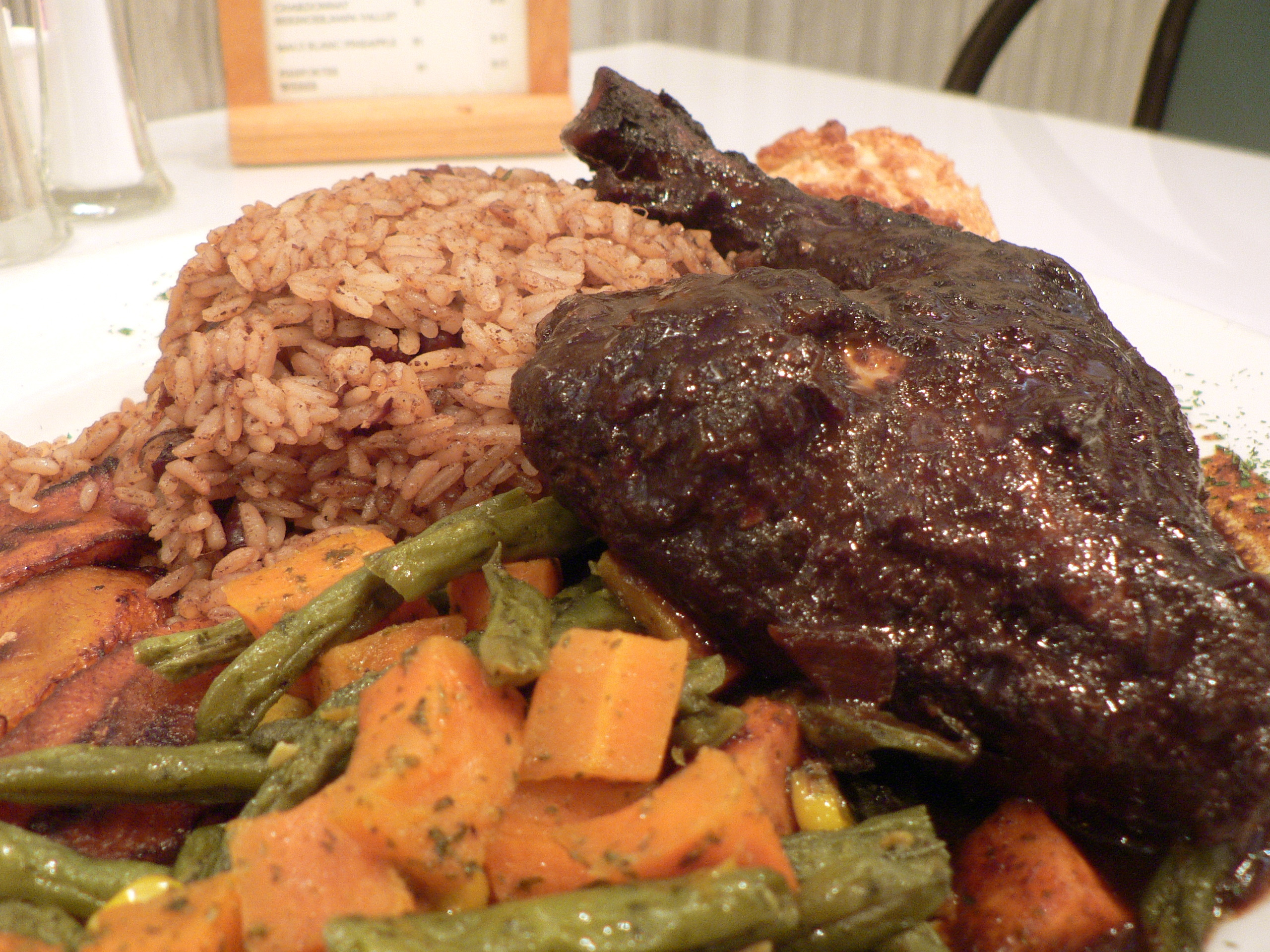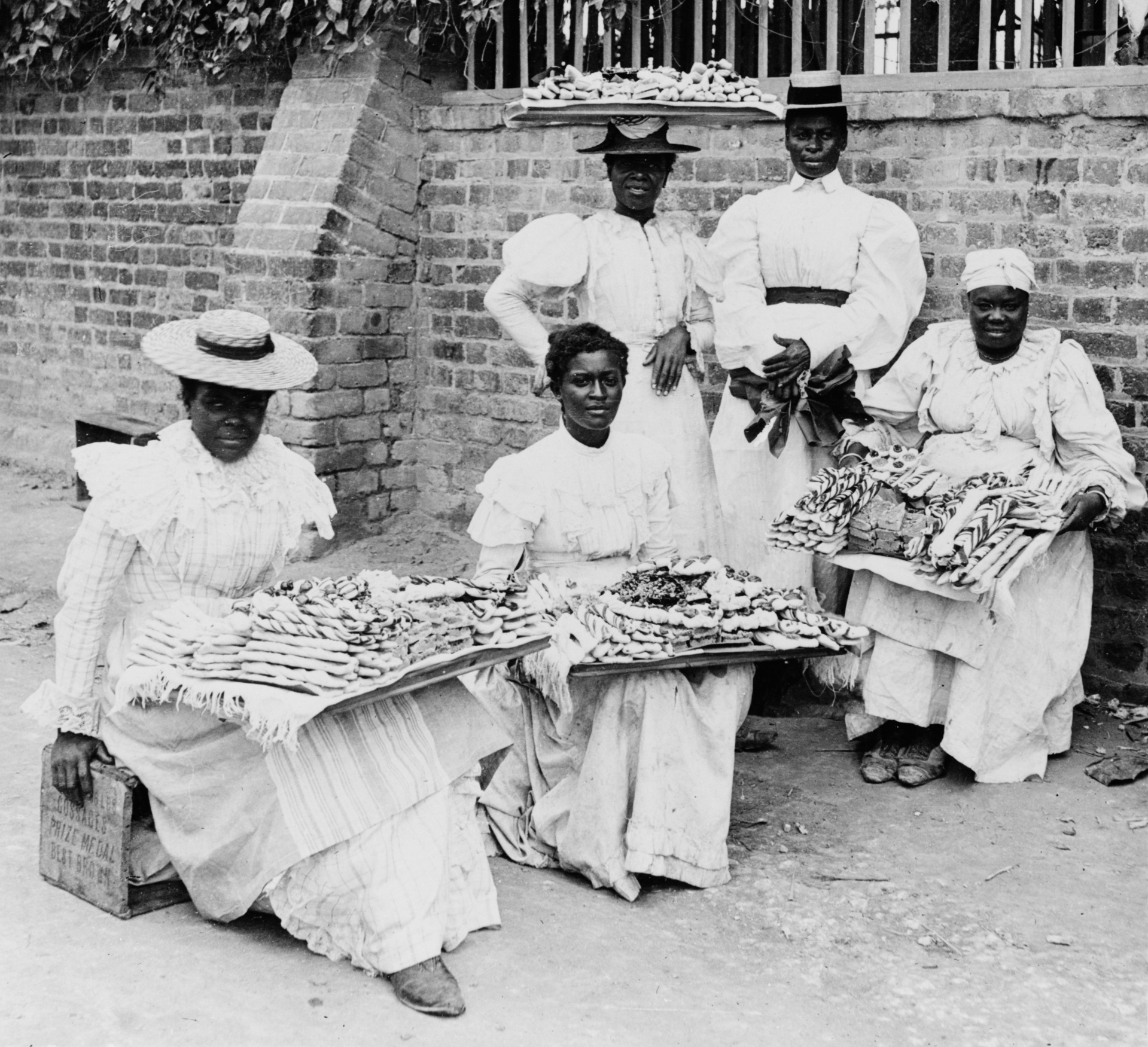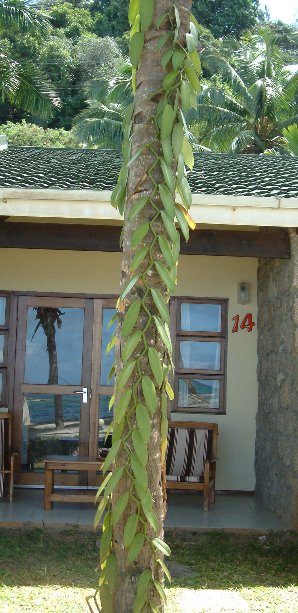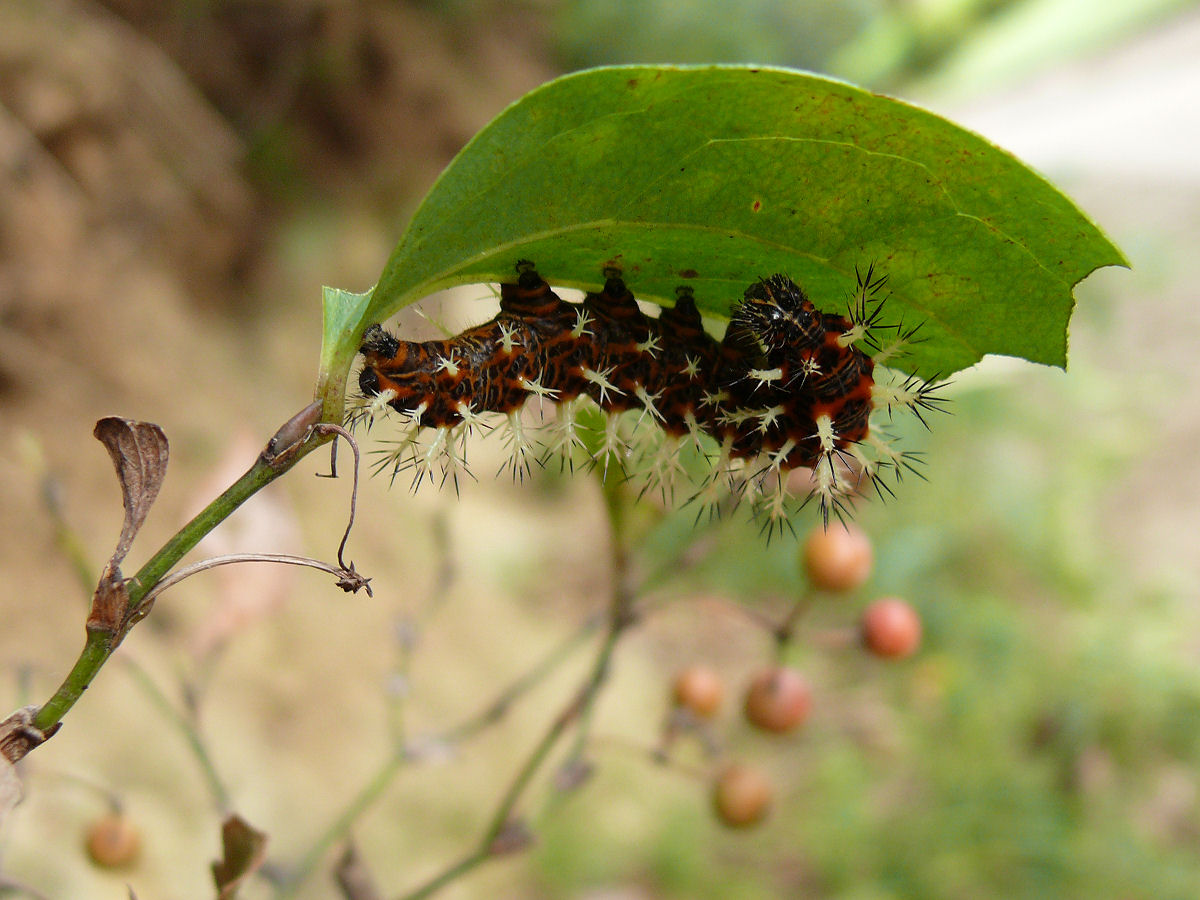|
Roots Wine
Roots wine more commonly known as "roots drink" or "herbal drink" is a type of medicinal beverage popular in Jamaica. It is believed to have healthful and aphrodisiacal qualities for men.Polly Thomas, Adam Vaitilingam, Polly Rodger Brown. ''The rough guide to Jamaica''. Rough Guides, 2003. . Pg 40/ref> Roots wine is made from a variety of herbs and roots, often blended with honey or molasses. It is naturally fermented and slightly effervescent, typically containing less than 5% alcohol. Ingredients Typical ingredients could include: water brown sugar molasses chainy root ('' Smilax, Smilax balbisiana'') sarsaparilla ('' Smilax regilii'') tan pan rock (''Dryopteris filix-mas'') search mi heart ('' Rhytidophyllum tomentosum'') dandelion (''Cassia occidentalis'') blood wiss (''Vitis tiliifolia'') raw moon (''Trophis racemosa'') medina (''Alysicarpus vaginalis'') coconut root (''Cocos nucifera'') mint (''Mentha sp.'') cola bark (''Cola'') strongback or strongbark''Bourreria ovata'' ... [...More Info...] [...Related Items...] OR: [Wikipedia] [Google] [Baidu] |
Jamaica
Jamaica (; ) is an island country situated in the Caribbean Sea. Spanning in area, it is the third-largest island of the Greater Antilles and the Caribbean (after Cuba and Hispaniola). Jamaica lies about south of Cuba, and west of Hispaniola (the island containing the countries of Haiti and the Dominican Republic); the British Overseas Territory of the Cayman Islands lies some to the north-west. Originally inhabited by the indigenous Taíno peoples, the island came under Spanish rule following the arrival of Christopher Columbus in 1494. Many of the indigenous people either were killed or died of diseases, after which the Spanish brought large numbers of African slaves to Jamaica as labourers. The island remained a possession of Spain until 1655, when England (later Great Britain) conquered it, renaming it ''Jamaica''. Under British colonial rule Jamaica became a leading sugar exporter, with a plantation economy dependent on the African slaves and later their des ... [...More Info...] [...Related Items...] OR: [Wikipedia] [Google] [Baidu] |
Gouania Lupuloides
''Gouania lupuloides'', known as chewstick or whiteroot, is a neotropical plant of the family Rhamnaceae. It is occasionally used as a teeth-cleaning implement. Description ''Gouania lupuloides'' ranges from Mexico in the north to the top of South America in the south, and to the West Indies in the west. ''Gouania lupuloides'' is plentiful around the edges of clearings but appears only occasionally in the forest canopy. ''G.'' ''lupuloides'' flowers from November to March, usually in the early dry season; the plant does not often flower in March and rarely flowers in the rainy season. ''G.'' ''lupuloides'' can fruit as early as January, and as late as May with a peak in March and April. Uses In Jamaican patois a vine is called a wis (wythie). To clean one's teeth with this plant one cuts off a portion of the vine, peels off the bark and chews the tip. The tip becomes fibrous and frothy. Chewstick tastes slightly bitter but not unpleasant. The plant is used to make a commerci ... [...More Info...] [...Related Items...] OR: [Wikipedia] [Google] [Baidu] |
List Of Jamaican Dishes
This is a list of Jamaican dishes and foods. Jamaican cuisine includes a mixture of cooking techniques, flavors, spices and influences from the Indigenous peoples, indigenous people on the island of Jamaica, and the Ethnic groups of Africa, Africans who have inhabited the island. It is also influenced by the crops introduced into the island from tropical West Africa and Southeast Asia, which are now grown locally. Jamaican cuisine includes dishes from the different cultures brought to the island, while other dishes are novel or a fusion cuisine, fusion of techniques and traditions. A wide variety of seafood, tropical fruits, and meats are available. Jamaican dishes and foods * Ackee and saltfish, made from the local fruit ackee and dried and salted cod (saltfish). This is the national dish of Jamaica. It is often served with bread, Jamaican fried dumplings, bammy (cassava bread) or roasted breadfruit. * Bammy, a kind of savoury cassava bread * Breadfruit, served roasted, f ... [...More Info...] [...Related Items...] OR: [Wikipedia] [Google] [Baidu] |
Jamaican Cuisine
Jamaican cuisine includes a mixture of cooking techniques, flavours and spices influenced by Amerindian cuisine, Amerindian, Cuisine of Africa, African, Irish cuisine, Irish, English cuisine, English, French cuisine, French, Portuguese cuisine, Portuguese, Spanish cuisine, Spanish, Indian cuisine, Indian, Chinese cuisine, Chinese and Arab cuisine, Middle Eastern people who have inhabited the island. It is also influenced by the crops introduced into the island from tropical Southeast Asia, many of which are now grown locally. A wide variety of seafood, tropical fruits and meats are available. Some Jamaican dishes are variations on cuisines brought to the island from elsewhere. These are often modified to incorporate local produce and spices. Others are novel or Fusion cuisine, fusion and have developed locally. Popular Jamaican dishes include curry goat, fried dumplings, ackee and saltfish. Jamaican patty, Jamaican patties along with various pastries, breads and beverages are also p ... [...More Info...] [...Related Items...] OR: [Wikipedia] [Google] [Baidu] |
Humulus Lupulus
''Humulus lupulus'', the common hop or hops, is a species of flowering plant in the hemp family Cannabinaceae, native to Europe, western Asia and North America. It is a perennial, herbaceous climbing plant which sends up new shoots in early spring and dies back to a cold-hardy rhizome in autumn. It is dioecious (having separate male and female plants). As the female cone-shaped flowers (hops) are used to preserve and flavor beer, the species is widely cultivated by the brewing industry. Description ''Humulus lupulus'' is a perennial herbaceous plant up to tall, living up to 20 years. It has simple leaves with 3–5 deep lobes that can be opposite or alternate. The species is triggered by the longer summer days to flower, usually around July or August. The plant is dioecious, with male and female flowers on separate plants. The fragrant flowers are wind-pollinated. The staminate (male) flowers do not have petals, while the pistillate (female) flowers have petals enveloping th ... [...More Info...] [...Related Items...] OR: [Wikipedia] [Google] [Baidu] |
Sassafras Albidum
''Sassafras albidum'' (sassafras, white sassafras, red sassafras, or silky sassafras) is a species of ''Sassafras'' native to eastern North America, from southern Maine and southern Ontario west to Iowa, and south to central Florida and eastern Texas. It occurs throughout the eastern deciduous forest habitat type, at altitudes of up to above sea level.Flora of North America''Sassafras albidum''/ref>U.S. Forest Service''Sassafras albidum'' (pdf file)/ref>Hope College, Michigan/ref> It formerly also occurred in southern Wisconsin, but is extirpated there as a native tree. Description ''Sassafras albidum'' is a medium-sized deciduous tree growing to tall, with a canopy up to wide, with a trunk up to in diameter, and a crown with many slender sympodial branches. The bark on trunk of mature trees is thick, dark red-brown, and deeply furrowed. The shoots are bright yellow green at first with mucilaginous bark, turning reddish brown, and in two or three years begin to show shallow f ... [...More Info...] [...Related Items...] OR: [Wikipedia] [Google] [Baidu] |
Iresine
''Iresine'' is a genus of flowering plants in the family Amaranthaceae. It contains 20 to 25 species, all of which are native to the American tropics. The generic name is derived from the Greek word εριος (''erios''), meaning "wooly", referring to the trichome-covered flowers. Bloodleaf is a common name for those species that have colored foliage, and these are often cultivated as ornamental plants. Some species are additives to versions of the hallucinogenic drink ayahuasca. Species , Plants of the World Online accepted the following species: *'' Iresine ajuscana'' Suess. & Beyerle *'' Iresine alternifolia'' S.Watson *'' Iresine angustifolia'' Euphrasén – White snowplant *'' Iresine arbuscula'' Uline & W.L.Bray *'' Iresine arrecta'' Standl. *'' Iresine borschii'' Zumaya & Flores Olv. *'' Iresine cassiniiformis'' S.Schauer *'' Iresine chrysotricha'' (Suess.) Borsch, Flores Olv. & Kai Müll. *'' Iresine cubensis'' Borsch, Flores Olv. & Kai Müll. *''Iresine diffusa' ... [...More Info...] [...Related Items...] OR: [Wikipedia] [Google] [Baidu] |
Desmodium Incanum
:''The ''Desmodium incanum'' of many older sources is actually ''Desmodium laxiflorum''; see below.'' ''Desmodium incanum'', also known as creeping beggarweed, Spanish clover, Spanish tick-trefoil or hitchhikers is a perennial plant native to Central and South America. In Hawaii it is known as kaimi or kaimi clover from the Hawaiian for ("the seeker"). Initially introduced as forage crop around the world, it has spread to many places although it is no longer an important fodder crop. It is considered a weed both within and outside its native range. It has spread through Florida and across the southern USA into southern Texas and across many Pacific islands, including Hawaii. The plant has branched runners for reproduction. Its leaves are elliptic in shape and are hairy, and its flowers are pink to rose in color. Very frustrating in agriculture are its seedpods, which when ripe easily break off from the plant. They are also covered in sticky hairs (trichomes) that stick to any ro ... [...More Info...] [...Related Items...] OR: [Wikipedia] [Google] [Baidu] |
Brosimum Alicastrum
''Brosimum alicastrum'', commonly known as the breadnut or ramon, is a tree species in the family Moraceae of flowering plants, whose other genera include Ficus, figs and mulberry, mulberries. The plant is known by a range of names in Mesoamerican languages, indigenous Mesoamerican and other languages, including: ''ojoche, ojite, ojushte, ujushte, ujuxte, capomo, mojo, ox, iximche, masica'' in Honduras, ''uje'' in the state of Michoacan Mexico, ''mojote'' in Jalisco, in Haitian Creole and ''chataigne'' in Trinidadian Creole. In the Caribbean coast of Colombia it is called ''guaímaro'' or ''guaymaro''. Two subspecies are commonly recognized: * ''B. a. alicastrum'' * ''B. a. bolivarense'' (Pittier) C.C.Berg Description ''Brosimum alicastrum'' is a monoecious plant. Birds are responsible for the dispersion of the seeds. A tree can produce 150–180 kg of fruits per year. It stays productive for 120–150 years. The tree can grow up to 45 m (150 ft) in height and ... [...More Info...] [...Related Items...] OR: [Wikipedia] [Google] [Baidu] |
Vanilla (genus)
''Vanilla'', the vanilla orchids, forms a flowering plant genus of about 110 species in the orchid family (Orchidaceae). The most widely known member is the flat-leaved vanilla ('' V. planifolia''), native to Mexico and Belize, from which commercial vanilla flavoring is derived. It is the only orchid widely used for industrial purposes in flavoring such products as foods, beverages and cosmetics, and is recognized as the most popular aroma and flavor. The key constituent imparting its flavour is the phenolic aldehyde, vanillin. This evergreen genus occurs worldwide in tropical and subtropical regions, from tropical America to tropical Asia, New Guinea and West Africa. Five species are known from the contiguous United States, all limited to southern Florida. The genus was established in 1754 by Plumier, based on J. Miller. The word vanilla, derived from the diminutive of the Spanish word vaina (vaina itself meaning sheath or pod), simply translates as little pod. Descriptio ... [...More Info...] [...Related Items...] OR: [Wikipedia] [Google] [Baidu] |
Cola (plant)
''Cola'' is a genus of trees native to the tropical forests of Africa, classified in the family Malvaceae, subfamily Sterculioideae (previously in the separate family Sterculiaceae). Species in this genus are sometimes referred to as kola tree or kola nut for the caffeine-containing fruit produced by the trees that is often used as a flavoring ingredient in beverages. The genus was thought to be closely related to the South American genus ''Theobroma'', or cocoa, but the latter is now placed in a different subfamily. They are evergreen trees, growing up to 20 m tall (about 60 feet), with glossy ovoid leaves up to 30 cm long and star-shaped fruit. Origin and distribution ''Cola'' is a genus of the Family Malvaceae with approximately 100 to 125 species occurring in the evergreen lowland and montane forest of continental (primarily tropical) Africa. The earliest known evidence of ''Cola'' is ''Cola amharaensis'', a well-preserved fossil leaf compression from the late Oligocen ... [...More Info...] [...Related Items...] OR: [Wikipedia] [Google] [Baidu] |
Smilax
''Smilax'' is a genus of about 300–350 species, found in the tropics and subtropics worldwide. In China for example about 80 are found (39 of which are endemic), while there are 20 in North America north of Mexico. They are climbing flowering plants, many of which are woody and/or thorny, in the monocotyledon family Smilacaceae, native throughout the tropical and subtropical regions of the world. Common names include ''catbriers'', ''greenbriers'', ''prickly-ivys'' and ''smilaxes''. ''Sarsaparilla'' (also zarzaparrilla, sarsparilla) is a name used specifically for the Jamaican '' S. ornata'' as well as a catch-all term in particular for American species. Occasionally, the non-woody species such as the smooth herbaceous greenbrier (''S. herbacea'') are separated as genus ''Nemexia''; they are commonly known by the rather ambiguous name ''carrion flowers''. Greenbriers get their scientific name from the Greek myth of Crocus and the nymph Smilax. Though this myth has numerous ... [...More Info...] [...Related Items...] OR: [Wikipedia] [Google] [Baidu] |


-2017-Ystad.jpg)




